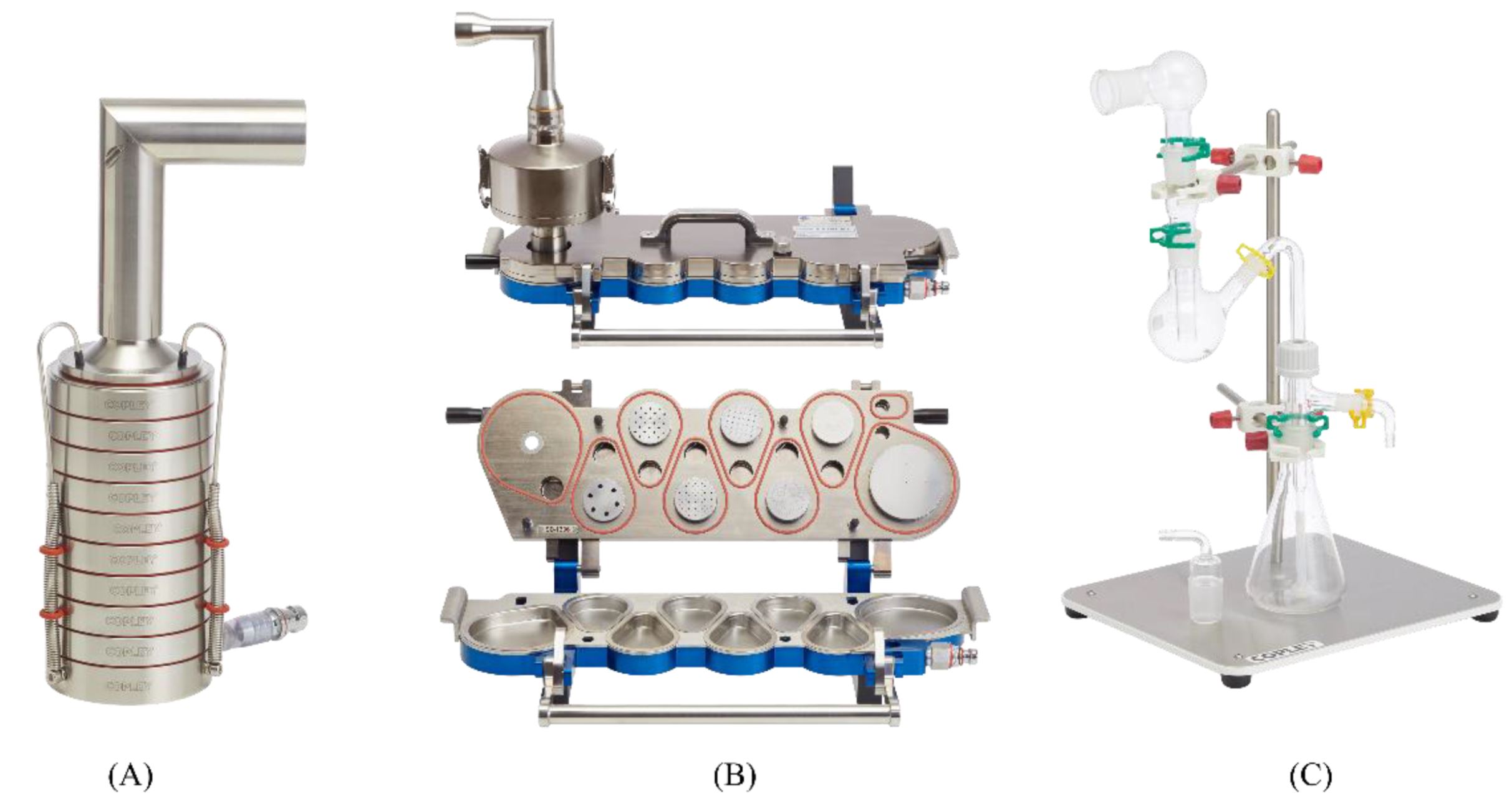Dissolution and Absorption of Inhaled Drug Particles in the Lungs

Dry powder inhalation therapy has been effective in treating localized lung diseases such asthma, chronic obstructive pulmonary diseases (COPD), cystic fibrosis and lung infections. In vitro characterization of dry powder formulations includes the determination of physicochemical nature and aerosol performance of powder particles. The relationship between particle properties (size, shape, surface morphology, porosity, solid state nature, and surface hydrophobicity) and aerosol performance of an inhalable dry powder formulation has been well established.
However, unlike oral formulations, there is no standard dissolution method for evaluating the dissolution behavior of the inhalable dry powder particles in the lungs. This review focuses on various dissolution systems and absorption models, which have been developed to evaluate dry powder formulations. It covers a summary of airway epithelium, hurdles to developing an in vitro dissolution method for the inhaled dry powder particles, fine particle dose collection methods, various in vitro dissolution testing methods developed for dry powder particles, and models commonly used to study absorption of inhaled drug.
Download the full article as PDF here Dissolution and Absorption of Inhaled Drug Particles in the Lungs
or read it here
Eedara, B.B.; Bastola, R.; Das, S.C. Dissolution and Absorption of Inhaled Drug Particles in the Lungs. Pharmaceutics 2022, 14, 2667. https://doi.org/10.3390/pharmaceutics14122667

